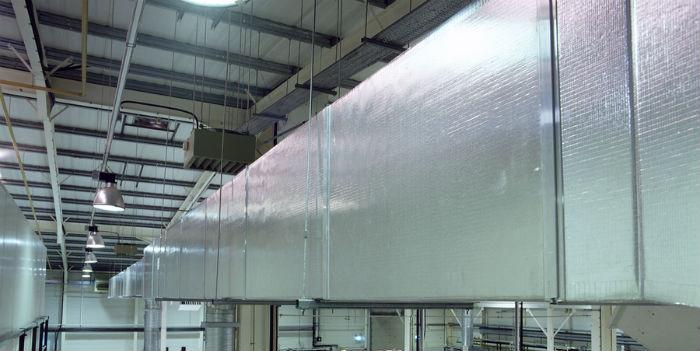 These kinds of solutions are increasingly being used in different HVAC projects. Let's know a little more about its properties and its position compared to conventional duct systems.
These kinds of solutions are increasingly being used in different HVAC projects. Let's know a little more about its properties and its position compared to conventional duct systems.
by ACR Latin America
Pre-insulated duct panels are one of the existing alternatives for the generation of air conditioning projects. They are currently gaining strength over other conventional systems. To think that this class of systems have existed in the world for more than 70 years and in Latin America they have been used for more than 20 years, today their visibility has increased, as they offer advantages and characteristics that make them ideal for different types of installations, either indoors or outdoors, since they offer a remarkable resistance according to the conditions of the project, in addition to operability and efficiency.
This class of solutions has been showing an evolution from its manufacturing process to the installation and operation, in addition to providing points to obtain the LEED Certification for sustainable buildings.
To talk in depth about the entire universe of pre-insulated panels, we consulted with an expert on the subject: his name is Arcadio Velásquez, Area Sales Manager for Latin America of the company Kingspan.
ACR Latin America: What are the main advantages of pre-insulated panels over conventional systems?
Arcadio Velásquez: There are many advantages. For the contractor there are investment savings since the materials are cheaper, the manufacturing process is quick and simple, for example, it is not required to have a workshop with specialized machinery, nor heavy transport for the transfer of manufactured parts, the ducts are manufactured in-situ with very simple hand tools. For the installation the labor is reduced; cranes are not required for the lifting of large ducts, only 40% of hangers are required this optimizes material and assembly time, does not represent a health risk for installers since it is free of fibers, is completely waterproof and with excellent properties against fire.
For the final client, you will have the savings of the contractor reflected in your investment, in addition the total weight is on average 25% with respect to the sheet metal so the structure will have less load and can be used for other systems. Another significant advantage is that the energy savings are considerable, representing less than 30% of energy consumption, since its insulation is exceptional (R6 factor for 20.00mm panels), free of leakage risks. For end users, the purity of the air is guaranteed since it is always in contact with aluminum which is antibacterial. For the environment it must be considered that the manufacturing process is free of CFCs and HCFCs, it collaborates with the reduction of CO2 emissions. These are just a few.
What kind of aspects should be taken into account when making an effective installation of this type of panels?
Arcadio Velásquez: There are three issues to consider for a duct project: one of them is the use of the right materials. In addition to the panels we must be careful with the use of their complements, for example the adhesive, this must be with low value of VOC's and that does not harm the performance with respect to the fire; it is essential to use silicone for the internal sealing of the vertices of the duct, this must be antibacterial like the panels.
Secondly, there is the proper use of tools and space that must be free of dust and pollutants; the manufactured ducts, before being installed, must be covered to prevent unwanted particles from entering it (required by LEED Regulations), the tools must be calibrated and in good condition to make effective cuts, the work table must be light but rigid since the quality of the manufactured duct depends a lot on it; organizing very well the subject of the tools guarantees us investment savings and a good job done.
Finally, having a know-how means effectiveness and savings. Be clear that what we are doing will help us avoid delays and expense of materials in an inappropriate way; there is a lot of literature available that I can share regarding the manufacture of the ducts to minimize losses, avoid noise and leakage problems, this will help us a lot with the balance of the system.
Do these types of panels work for all kinds of HVAC installations and for different atmospheric conditions? Why?
Arcadio Velásquez: It can certainly be used in any Air Conditioning project. There are panels for indoor and outdoor installations, prepared to withstand UV rays, rain and even snow, it has exceptional thermal properties, with properties to avoid biocity, to withstand high pressures and speeds. Among the properties to consider to work on any project, the European standard EN 13403 for the manufacture of Non-Metallic ducts establishes a series of conditions that must be met by panels as a duct construction material and ducts as an air transport system. It highlights for example the pressure resistance, the air leakage factor, the biocity, the rigidity of the panels, the water absorption, the dimensional tolerance, the noise absorption, the thermal properties, the fire behavior, the erosion and emission of particles, the system of supports and hangers, the installations for cleaning and health and safety. As long as these conditions are met, we will be prepared to participate in any project.
How do these kinds of panels offer energy savings that stand out from conventional systems?
Arcadio Velásquez: In view of the exceptional insulation along the duct network, in addition to a hermetic gasket system avoiding the risk of air leaks that is used for this panel, it is considered that the energy savings are 30% compared to those systems where the joints are not hermetic and use insulation such as fiberglass that turns out to have a much higher thermal conductivity.
How is excellent indoor air quality ensured today with the use of pre-insulated panels?
Arcadio Velásquez: Manufacturers must have prepared the submittal with the biocidal certificate, which guarantees the purity of the air, in addition the use of antibacterial silicone is essential. As air is always in contact with aluminum, there is no particle shedding.
What is the recommended maintenance that should be given to this class of systems?
Arcadio Velásquez: Any method known on the market can be used, however, it is not as critical as conventional systems. Once a year is usually sufficient, however the conditions of use should be reviewed and the application, for example, the duct of a hospital is not the same as a residential duct.
What happens when a panel suffers a breakdown due to accidents? How should the duct be managed? What facilities does it offer in terms of parts replacement?
Arcadio Velásquez: The replacement is very simple, you simply manufacture a part equal to the one to be replaced, which can be done on site, and remove the damaged part and attach the new part. This one really takes little time.
How does the pre-insulated panel behave when in contact with fire?
Arcadio Velásquez: Polyisocyanurate (PIR) is a material that was adapted for the manufacture of panels due to the excellent reaction to fire that it has, however, each factory has its formula for foaming and the quality varies according to the capacity of each manufacturer. Each company is dedicated to carrying out tests in the most internationally recognized laboratories to obtain certificates of reaction to fire and smoke behavior.
According to ASTM E-84, under controlled fire conditions the values obtained to study the propagation of the flame on the exposed surface and the emission of smoke are compared, the classification obtained will depend on the factor obtained in the laboratory, the table classifies the materials into three groups: Class A (flame propagation index from 0 to 25, smoke development from 0 to 450), Class B (deflection propagation index from 26 to 75, smoke development from 0 to 450) and class C (flame propagation index from 76 to 200, smoke development from 0 to 450), being Class A as the highest classification.
How does the pre-insulated panel behave against water and steam?
Arcadio Velásquez: The panels must have more than 90% of closed cells of their insulating core, this guarantees that these ducts are completely waterproof, that is to say that if they get wet the duct does not deteriorate, they also have as an aluminum vapor barrier so that in front of water and steam there is no risk, their behavior in these conditions are ideal.
How does the pre-insulated panel behave in the face of corrosion problems?
Arcadio Velásquez: The aluminum used in both surfaces to cover the panel has a high resistance to corrosion, however some manufacturers prefer to use varnishes that help improve their behavior against corrosion, others recommend applying additional coatings such as paints to avoid such problems, especially in those exterior ducts, but in itself this metal guarantees that we will not have any problem with these conditions.
Please share with us an example of a successful installation of this kind of panels: Place, meters covered of installation, type of project (types of equipment installed), objective of the project, results obtained.
Arcadio Velásquez: Cement Factory in Guatemala: This work was located in a retired indigenous settlement in Guatemala City (I remember that on the way out it was about two hours on the road and on the way back it lasted 4 hours perhaps). Access was complicated as much of the road was not in condition so transporting that many pipelines from Guatemala City to the site was very expensive.
The contractor was in need of manufacturing the ducts on site, it was also a project that sought innovation, safety, installation savings and operation savings. It was avoided to move machinery to the work to make a metal duct workshop, everything was manufactured in-situ with antibacterial panel to ensure the health of the users, time was minimized, both the client and the contractor used this solution for the first time, at least 7,500 square meters were used in the work. Most of the ducts were installed in high static pressure handlers and the main objective was to provide a solution in the duct network that is safe, economical, with low operation and maintenance costs.




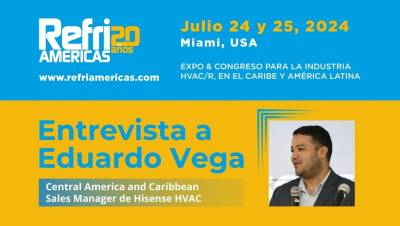

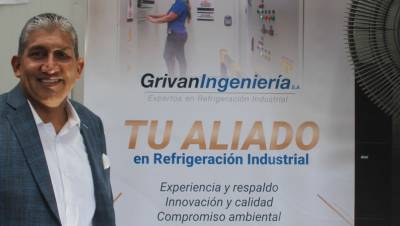
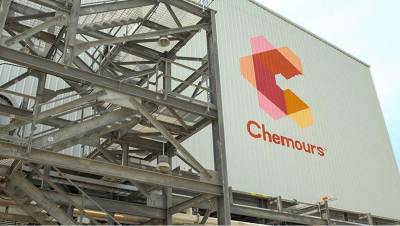
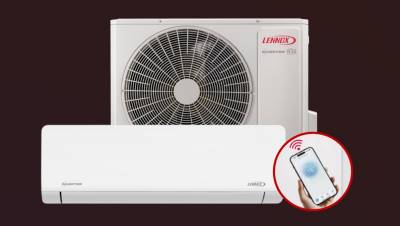

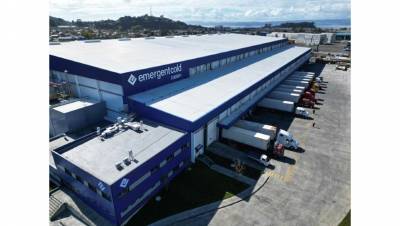
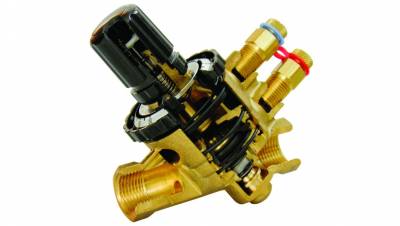
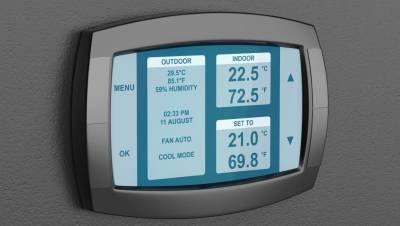
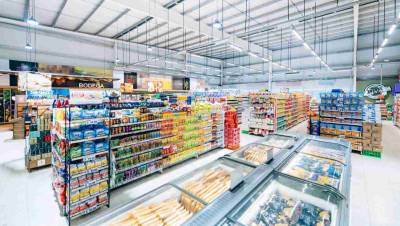
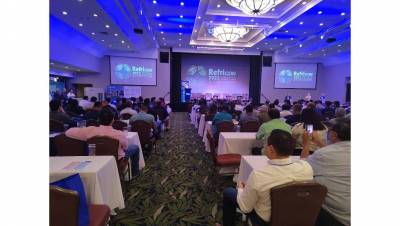
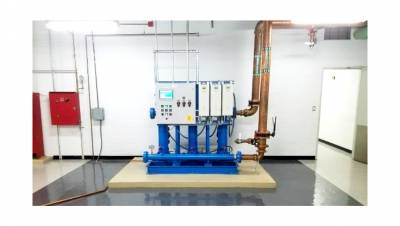

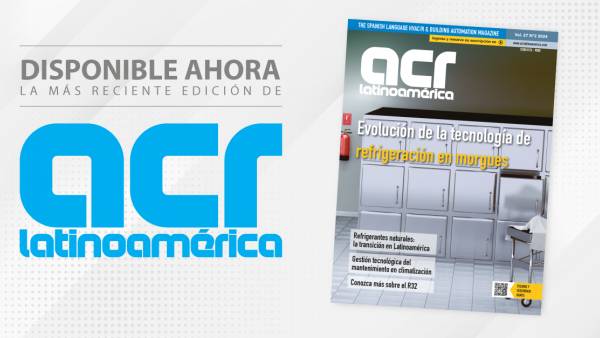







Leave your comment